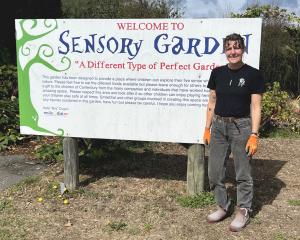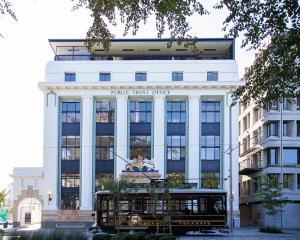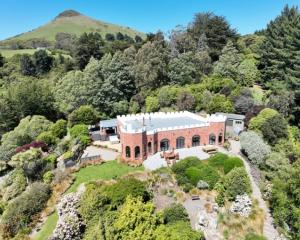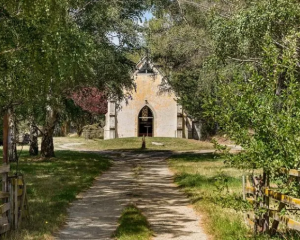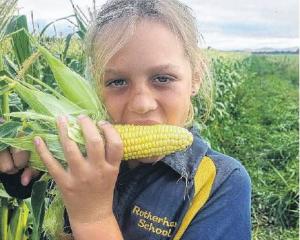
The matai tree stumps were discovered on Quaifes Rd during stormwater basin excavation works and were part of a subfossil matai forest underneath the ground.
Radiocarbon dating results presented to the Hornby-Halswell-Riccarton Community Board showed that the trees were aged between 900 and 1200-years-old.
Halswell Residents’ Association secretary David Hawke was “astonished” with the revelation and was looking forward to learning more about what this discovery meant for the suburb.
“We’re absolutely astonished, we talked to a number of people who thought they were only a couple hundred years old, but they were amazed that they’re nearly 1000-years-old,” he said.
“People really value understanding and finding out more about the place we live in.”
The trees were discovered by Environment Canterbury councillor Craig Pauling, who noticed similar stumps excavated at the Longhurst subdivision a few years ago which they were unable to access.
Since the stumps on Quaifes Rd were located on city council property, they granted the HRA $1800 to get the trees radiocarbon dated.

Hawke said the discovery will add another dimension to discussions of Halswell’s heritage.
“We’re interested in trying to broaden out the narrative of heritage in Halswell and extend that discussion a bit,” he said.
“Most people think of Halswell’s heritage of the quarry and farming activity, but people have been living in this area for hundreds of years.
“What this means is that Halswell is built on this amazing matai forest literally under our feet. If you think of a matai [tree], the forest itself would have hosted an enormous variety of native animals.”
The city council is currently in the process of determining how the surplus land on Quaifes Rd should be used where the matai trees were located.
Hawke hoped the city council did not sell the land in the hope of turning the space into a community hub of activity.





